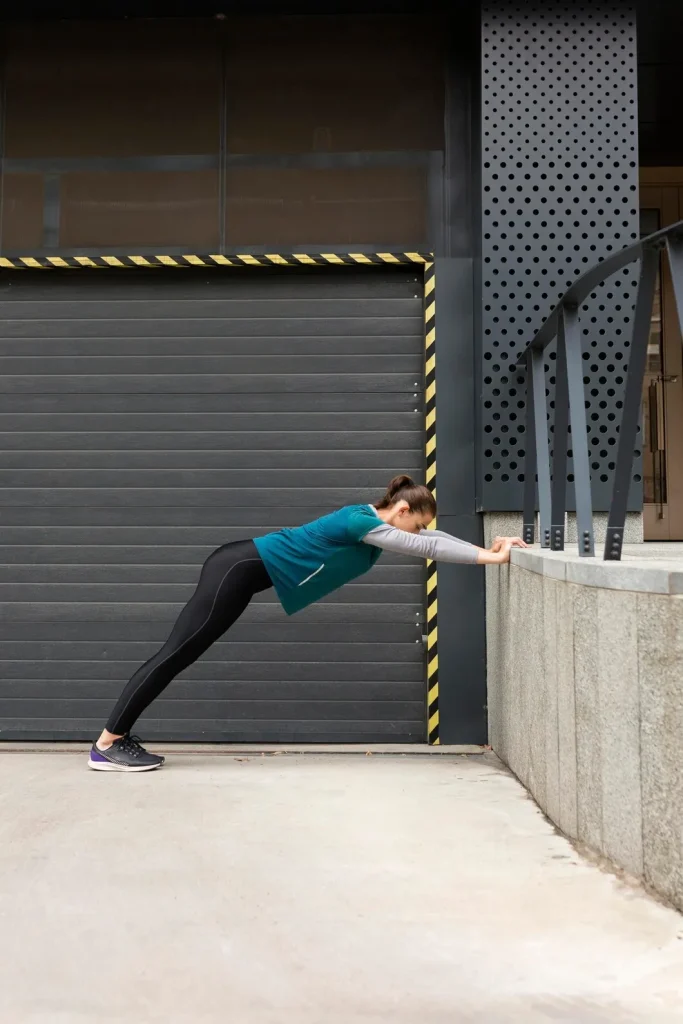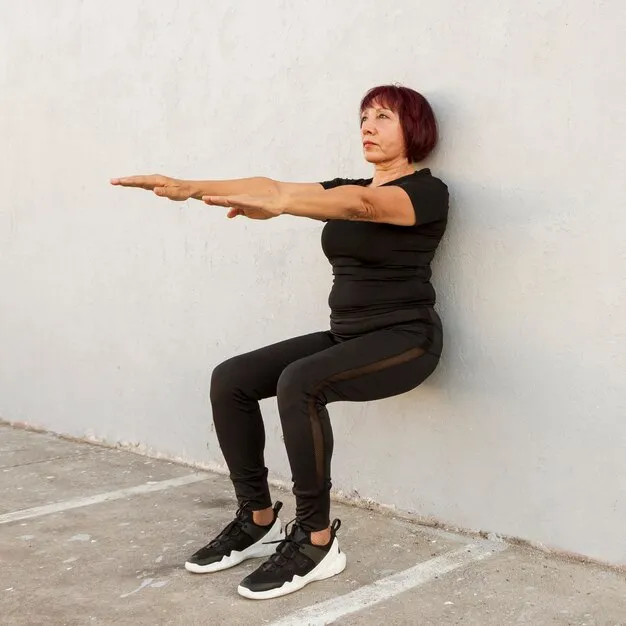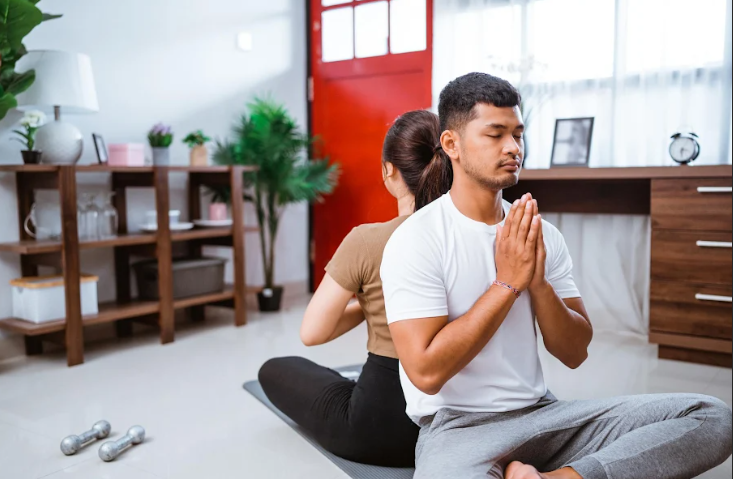
Living as a diabetic patient does not have to slow you down; it means you should learn to move smarter. One of the most effective ways to manage rising blood sugar levels and prevent complications is through regular exercise at home. You can turn a corner of your balcony or a small guest room into your exercise space.
You don’t need a fancy gym or expensive equipment. Diabetic patients can try a few simple exercises at home for managing Type 2, gestational diabetes, or diabetic neuropathy and take charge of their health, one step at a time. In this guide, we explore the 10 best exercises for diabetic patients at home, including yoga, foot care movements, and workouts. Read on to find if there’s something here for you.
How Important is Exercise for Diabetes
Diabetes is a lifestyle disease that occurs from a sedentary lifestyle, bad food habits that lead to obesity and stress. So, taking up regular physical activity is the best way to train your body to use insulin more effectively and consequently lower your blood sugar.
Beyond that, exercise:
- Manages weight
- Improves mood and reduces stress
- Boosts heart health
- Prevents diabetic neuropathy and poor blood circulation
That’s why exercise is one of the best natural ways to manage diabetes mellitus.
Can Diabetes be Reduced by Exercise
Exercise plays an important role in controlling diabetes, particularly Type 2 diabetes. When you stay active, your muscles use more glucose for energy, which helps bring down blood sugar levels. Regular activity also makes your body more sensitive to insulin, meaning your system can regulate sugar more effectively.
For people with Type 2 diabetes, daily exercise, like walking, yoga, cycling, or light strength training, can lower blood sugar, improve weight management, and reduce the risk of complications. In Type 1 diabetes, it doesn’t cure the condition, but it helps with better sugar control and overall fitness.
In short: exercise does not eliminate diabetes, but it can reduce blood sugar, improve insulin sensitivity, and make day-to-day management much easier.
The 5 Best Exercises for Diabetic Patients at Home
Check out these low-impact exercises that you can do right in your bedroom. They are especially helpful for people with diabetes mellitus and anyone managing diabetes.

1. Walking Around the House (15–30 minutes a day)
- Enhances blood circulation and stabilises blood sugar
- helps to manage weight
- Wear proper footwear, and keep yourself hydrated
2. Chair Exercises
- Great for seniors and those with limited mobility
- Practise leg lifts in a seated position, do arm raises, and toe taps
- Helps to improve flexibility, muscle tone, and blood circulation
3. Wall Push-Ups
- Stand away from the wall and place your hands on the wall while pushing in and out
- Helps to improve upper-body strength safely
4. Marching or Side-Stepping (5–10 minutes)
- Gets your heart rate up gently,
- great for small spaces
5. Bodyweight Squats (with support)
- Strengthens legs and core
- Improves balance and helps control blood sugar

Yoga Exercises for Diabetes
Yoga is popular around the world, and more people are waking up to its diverse benefits that combine movement, mindfulness, and controlled breathing for a total balance of our physical, mental, and spiritual wellbeing. Therefore, yoga can be beneficial for people with diabetes.
Best Yoga Poses for Diabetes:
- Tadasana (Mountain Pose): Improves posture and balance
- Vrikshasana (Tree Pose): Builds leg strength and focus
- Bhujangasana (Cobra Pose): Stimulates abdominal organs
- Shavasana (Corpse Pose): Reduces stress and stabilizes blood sugar
People with diabetes should regularly practise yoga 3–4 times a week to improve insulin sensitivity and mental well-being.
Diabetic Foot Exercises That Keep the Circulation Going
Diabetic patients often suffer from foot sores and ulcers. Therefore, it is essential for them to take care and to avoid ulcers and nerve damage. Here are gentle foot exercises to do daily:
- Toe Wiggles & Ankle Circles: Boost flexibility
- Heel Raises: Strengthen lower leg muscles
- Towel Scrunches: Improve foot arch and control
- Toe-Floor Taps: Enhance blood flow
Always check your feet for blisters after exercise and consult a doctor if needed.
The 10 Best Exercises for Type 2 Diabetes at Home
A consistent exercise routine is effective for managing Type 2 diabetes.:
- Walking in a Place or Around your House: Boosts blood circulation and stabilises blood sugar levels.
- Chair-Based Leg Lifts & Arm Raises: Best for seniors or those with limited mobility.
- Wall Push-Ups: Very good for strengthening the upper body without stressing joints.
- Seated Marching: Great cardio option from the comfort of a chair.
- Toe Taps and Ankle Circles: Boost circulation in the feet and for flexibility.
- Heel Raises: Helps to increase lower leg muscle strength and balance.
- Yoga (Tadasana, Cobra, Tree Pose): Combines mindfulness, activity and breathing for complete wellbeing.
- Towel Scrunches with Toes: Helps in strengthening foot muscles and prevents stiffness.
- Side-Stepping or Step-Touch: It is a low-impact cardio option that is best fit for small spaces.
- Bodyweight Squats (with support if needed): Strengthens legs and core to help in blood sugar control.

Gestational Diabetes And Exercise
Women often develop gestational diabetes during pregnancy, and exercise is the most effective way to control blood sugar for a healthy pregnancy.
- Prenatal yoga asanas
- Gentle walking for a short period every day.
- Pelvic tilts and breathing exercises help keep the body flexible and promote calmness.
Note: Consult your obstetrician before starting a new workout plan during pregnancy.
Exercise for Diabetic Neuropathy
Diabetic neuropathy creates tingling, pain, or numbness in your feet or hands and it can be disturbing, so try:
- Balance and focused movements
- Stretching exercises and a range-of-motion exercises
- Aqua exercises or cycling that have a low impact on joints
Ensure that you are wearing proper footwear and are not trying unsuitable activities that can cause injury.
Which Exercise Burns Sugar
Any activity that raises your heart rate and uses your muscles helps burn sugar. Walking, jogging, cycling, swimming, and dancing are some of the best ways because they use glucose as fuel. Strength training and yoga also help by improving how your body uses insulin.
In short: aerobic exercises like walking, running, and cycling burn sugar during the activity, while strength training builds muscle that continues to use more sugar even at rest.
Final Thoughts
Daily exercise is one of the most effective ways to manage diabetes at home. Whether it’s walking, yoga, or foot exercises, consistency is key to lowering blood sugar, improving circulation, and staying healthy.
So, if you’re doing exercises for diabetic foot care, yoga for type 2 diabetes, or diabetes-related mobility issues, our team at KARE Prosthetics & Orthotics is here to support and offer expert guidance, suggest custom orthotics, and mobility aids specifically made for diabetic patients.

Key Takeaways
- Exercise helps to manage Type 2 diabetes.
- Exercising for 30 minutes daily can help lower blood sugar.
- Walking, yoga, and chair exercises are effective for most diabetic patients.
- People with gestational diabetes benefit from low-impact exercises.
- Consult a healthcare provider before starting a new fitness plan



